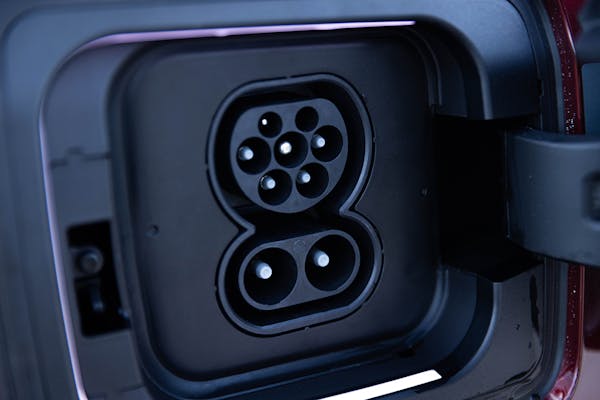You can charge your electric car at home using a 3-pin plug or installing a wall-mounted slow EV charger next to your parking space. Home charging is typically the cheapest option for charging up.
Where do you charge an electric car?
What is Slow, Fast, Rapid and Ultra-Rapid EV charging?
Slow
3kW
Installed at homes, workplaces or on-street charging and lamp-posts. A typical electric car (60kWh battery) takes just under 16 hours to charge from empty to- full with a 3kW slow charging point.
Fast
7kW
Ranging from 7 to 22kW, fast chargers are found at destinations such as train stations, or leisure centres, where you are likely be parked for several hours. 7kW are most common and can add up to 30 miles of range in an hour.
Rapid
50kW
These DC charging points are often found in high numbers at locations where the dwell time is less than an hour, such as supermarkets and retail environments. For many electric cars, you can add up to 100 miles of range in around 35 minutes with a 50kW rapid charger.
Ultra-Rapid
150kW
Ranging from 150kw up to 350kW these are the fastest way to charge an EV, often found in high numbers at locations close to main routes and in retail environments. Ultra-rapid chargers can charge a car from 10-80% in around 30 minutes.
How long does it take to charge an electric car?
Slow 3kW Charger
7hrs
to add 100 miles of range
Fast 7kw charger
3.5hrs
to add 100 miles of range
Rapid 50kW charger
35mins
to add 100 miles of range
Ultra-rapid 150kW charger
15mins
to add 100 miles of range
Top tip!
When using rapid and ultra-rapid charging stations the last 20% of charge can take as long as the first 80% so we recommend stopping at 80%. This is known as the charging curve.
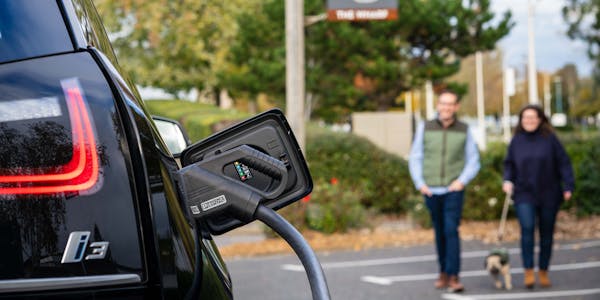
Electric car charging connectors.
AC Type 2

Slow and fast chargepoints have a Type 2 socket. These are mostly untethered (meaning you have to provide your own cable) and can charge up to 22kW.
CHAdeMO

These connectors, found on DC charging stations, are for 50kW charging and above, commonly used by older model electric cars and Nissan Leafs.
CCS

This is the most common DC charging connector, used at 50kW and above rapid and ultra-rapid charging and compatible with all other rapid charging EVs.
How to find electric car charging stations.
There are several ways to find EV charging stations when you are on the road. Most mapping platforms show live availability so you can be sure there will be a charger available once you arrive. Google Maps, Apple Maps, Waze and other major mapping apps show public electric charging stations. There are a number of specific mapping apps and websites for EV charging. The main ones are Zap-Map, WattsUp and A Better Route Planner. These EV charging apps let you filter by charger speed, preferred network and connector compatibility. Roaming providers such as Bonnet, Shell Recharge and Octopus Electroverse will have maps that show the chargers available on their networks. Finally, in-car SatNav systems such as TomTom will also have EV charging stations that you can route to.

How much does it cost to charge an electric car?
With electric cars, you pay per kWh of electricity. Think of it as the same as paying per litre of fuel with petrol or diesel cars. However, the price varies a lot depending on where you charge, and the type of charger used. Public charging is typically more expensive than at home and the faster the charger, the more expensive it is typically.
Home Charging.
If you can charge at home, there are a number of options to suit your needs. Many energy suppliers offer electric car tarrifs that allow you to make the most of off-peak rates.
Fast Charging.
Typically cheaper than rapid charging, averaging around 55p per kWh.
Rapid and Ultra-rapid Charging.
This is the most expensive option for refuelling and networks charge more for faster charger speeds and the infrastructure involved to build the charging stations.
Good Choice!
The running costs of an EV are much lower than the petrol or diesel equivalent. This is because of a number of factors, including: less maintenance required, greater efficiency and are often cheaper to refuel.
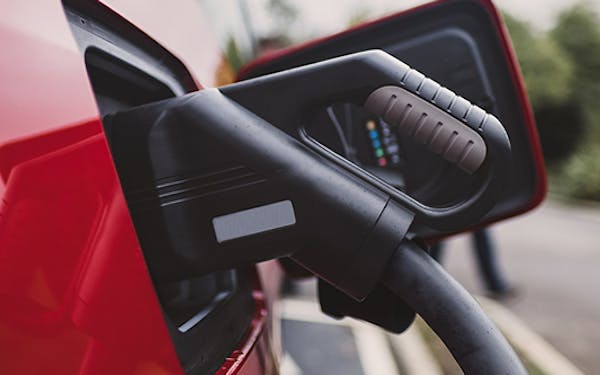
How to pay for electric car charging.
Contactless

The easiest way to pay, contactless card readers are not as common as you might think. Contactless is standard on every Osprey charger and from November 2024 ALL rapid chargepoints must accept contactless payment.
Charging Network Apps

A common way to pay for public charging with most charging networks having their own app. Most slow and fast charging can only be paid for through apps as they do not have integrated card readers.
Roaming Apps and Cards

Similar to fuel cards, there are a number of third party options for charging that can be used across multiple networks. These include car manufacturer branded cards, traditional fuel cards and EV roaming providers. Octopus Electroverse, Bonnet, and Zap-Pay are a few. At Osprey we accept all major roaming cards and apps.
Pre-authorisation fees.
When you pay by contactless debit or credit card, a pre-authorisation amount is reserved to ensure you have enough funds to cover the charge. The pre-authorisation amount then clears at the end of the charge or shortly after.
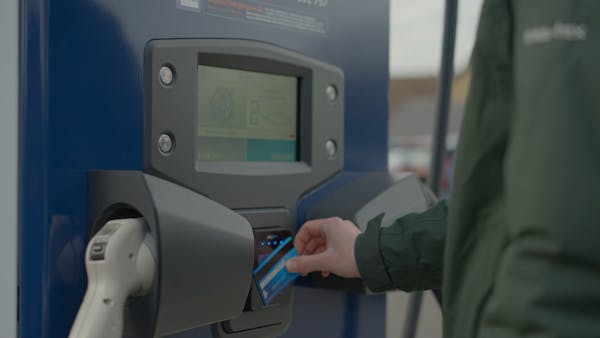
Top tip!
Some roaming services will let you pre-purchase kWh for charging at a cheaper rate than the pay-as-you-go price.
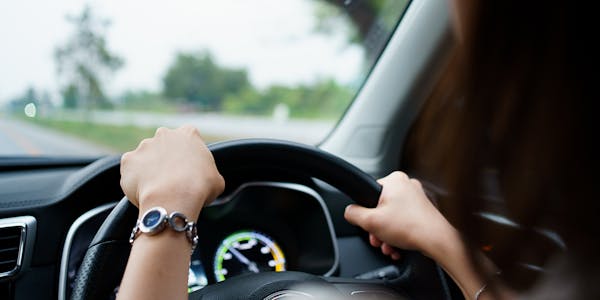
What affects how long my rapid charge is taking?
The bigger your car’s battery and the slower the charging point, the longer it takes to charge. In most cases it is the car that decides how fast it can charge at any one time.
- The maximum charge rate of your electric car. If your EV’s maximum charge rate is 50kW, the vehicle will not be able to charge any faster than 50kW when using a 150kW charge point.
- The State of Charge, i.e. the percentage of charge in your car’s battery. After 80% state of charge the car typically slows down the charge to protect the battery.
- The weather. If the outside temperature is too cold or too hot, the car will charge slower to protect the battery.
- Battery temperature. If you have been driving for a while your car’s battery will be nice and warm and can therefore charge at a faster rate. Some EVs have the ability to precondition by warming/cooling the battery or cabin for quicker charging and to extend the battery life.
Top tip!
Most drivers just do small top up charges at rapid charging stations rather than waiting for their battery to recharge from empty-to-full.

How fast can I charge my electric car?
Different EVs can charge at different max rates. Knowing your vehicle’s max charge rate is helpful to understand how quickly you can charge your car. So, if your EV’s maximum charge rate is 50kW, the vehicle will not be able to charge any faster than 50kW, even when using a 150kW chargepoint. Use the charging calculator to find your EV's max charge at different Osprey chargers.

EV Dictionary.
We love an acronym in the electric car world! From CHAdeMO to RFID and all the BEV's in between, we cover all the terminology you need to know.
